Your bedroom should be a sanctuary—a space where you can relax, recharge, and enjoy restful sleep. However, certain design mistakes can turn this essential area into a source of stress rather than tranquility. Here are 13 common bedroom design mistakes to avoid, ensuring your space is both functional and aesthetically pleasing.
1. Overly Thematic Décor
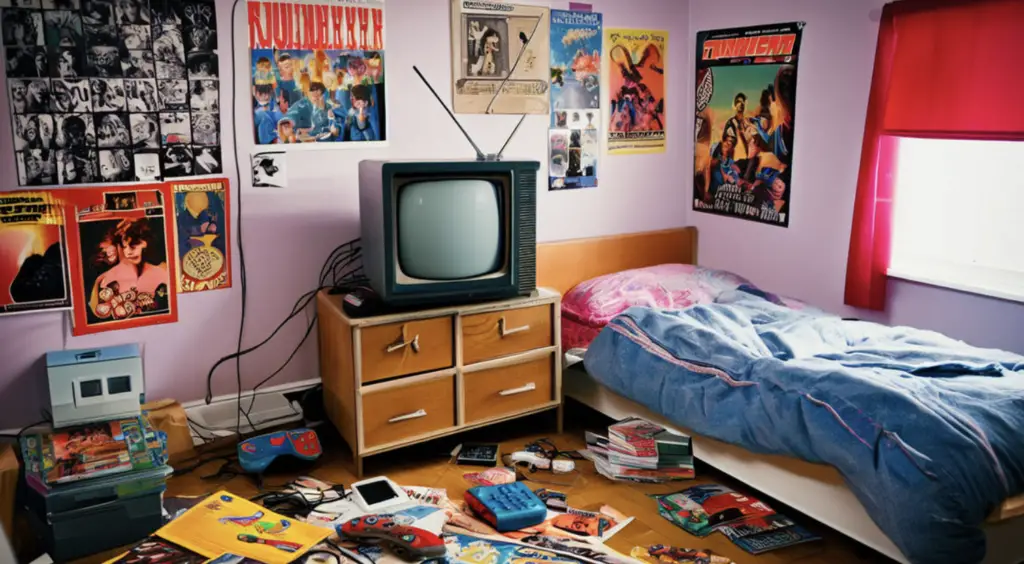
While having a theme can create a cohesive look, going overboard with it can make your space feel kitschy. Instead of overwhelming your bedroom with a single theme, opt for a balanced mix of colors, textures, and decor styles that reflect your personality without being overpowering.
2. Cluttered Surfaces

A cluttered bedroom can lead to a chaotic atmosphere, making it difficult to relax. Avoid piling up clothes, books, or random items on surfaces. Instead, invest in storage solutions like bins, baskets, or decorative boxes to keep everything organized and out of sight.
3. Poor Lighting Choices
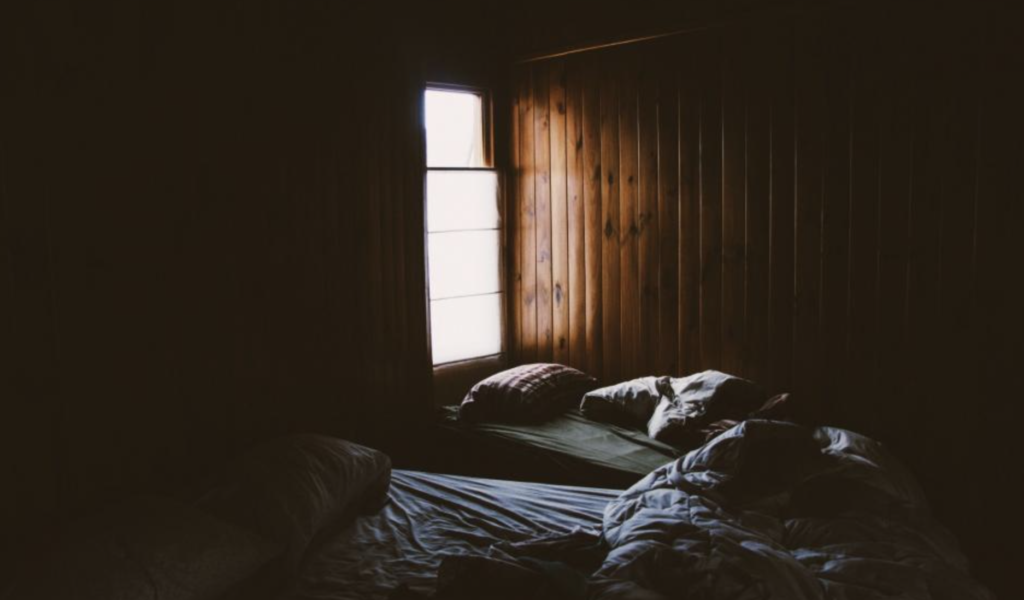
Lighting plays a crucial role in setting the mood of your bedroom. Relying solely on overhead lights can create a harsh environment. Instead, layer your lighting with bedside lamps, floor lamps, and even string lights for a warm, inviting glow.
4. Skipping the Headboard

A headboard can add style and character to your bed while also providing comfort. Skipping this detail can make your bed feel incomplete and uninviting. Consider adding an upholstered, wooden, or metal headboard to elevate your bedroom design.
5. Ignoring the Size of Your Furniture
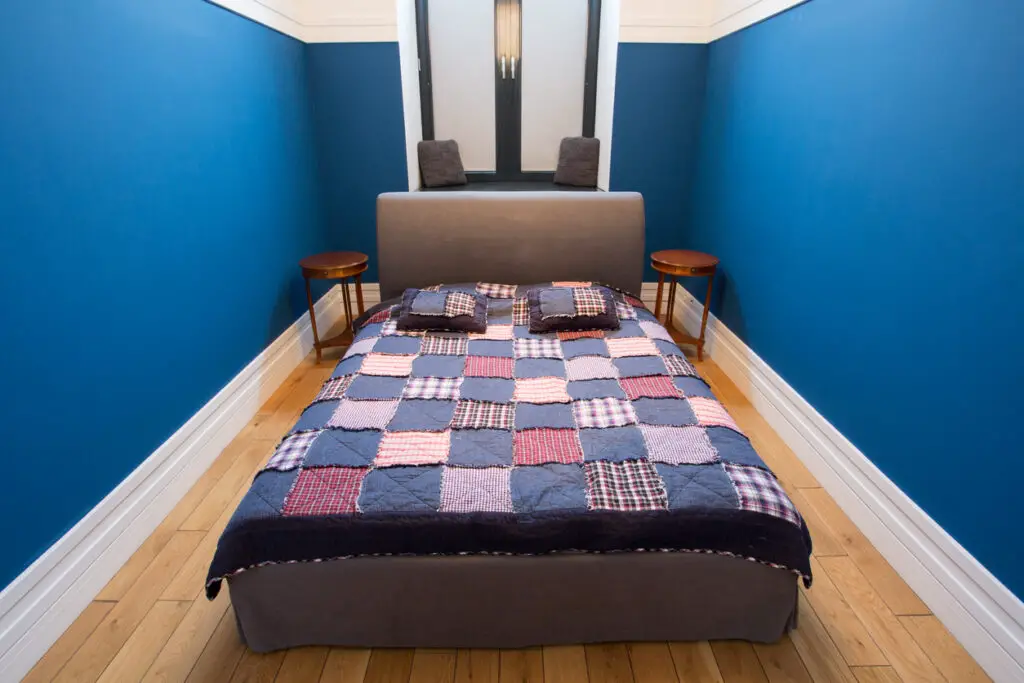
One of the most common mistakes is choosing furniture that is too large or too small for the space. Oversized furniture can make a small bedroom feel cramped, while tiny pieces may make the room feel empty and uninviting. Measure your space before shopping to ensure a harmonious balance.
6. Neglecting Wall Color
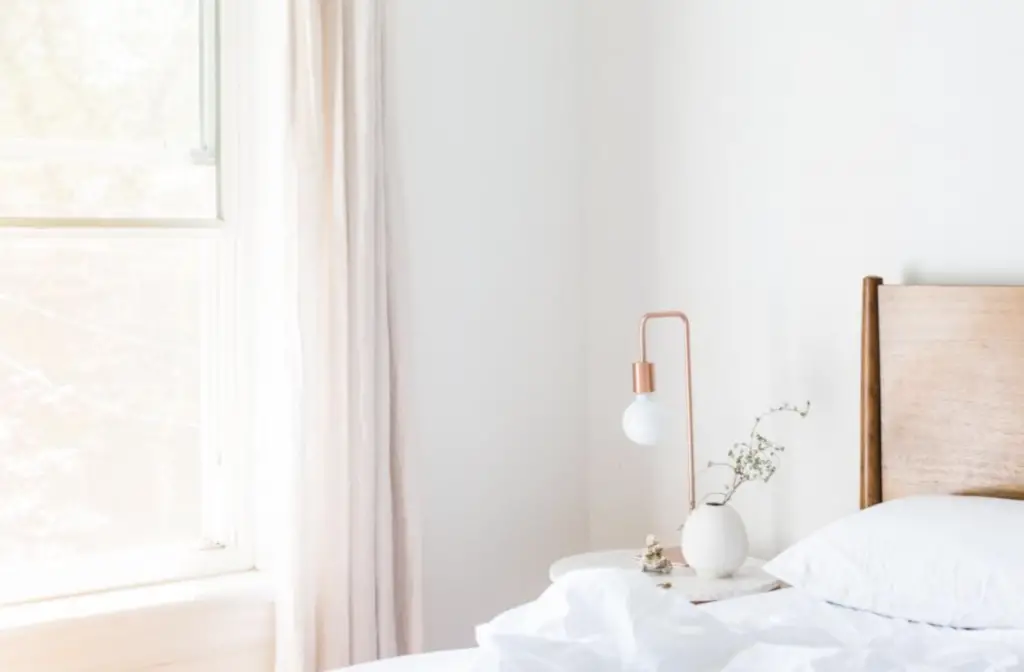
Wall color significantly impacts the overall feel of a room. Dark colors can make a small bedroom feel even smaller, while bright colors may be too stimulating for a restful environment. Consider soft, neutral tones for a calming effect, or use accent walls to add interest without overwhelming the space.
7. Forgetting About Texture

A bedroom lacking texture can feel flat and uninspired. Incorporate a variety of materials—such as soft bedding, chunky knit throws, and plush rugs—to create a warm and inviting atmosphere that engages the senses.
8. Choosing the Wrong Window Treatments

Window treatments are not just functional; they also play a crucial role in bedroom aesthetics. Avoid heavy, dark drapes that block natural light and can make the room feel dreary. Instead, opt for light-filtering curtains or blinds that allow natural light to brighten your space.
9. Overstuffing the Nightstands

Nightstands should be functional yet uncluttered. Avoid overcrowding them with too many items like books, decorative objects, and personal effects. Limit the essentials—like a lamp and a book—to create a serene bedside environment.
10. Ignoring the Floor Space

Leaving the floor bare can make your bedroom feel cold and uninviting. Area rugs can add warmth and define spaces within the room. Choose a rug that complements your color scheme and is appropriately sized for your furniture layout.
11. Forgetting About Personal Touches
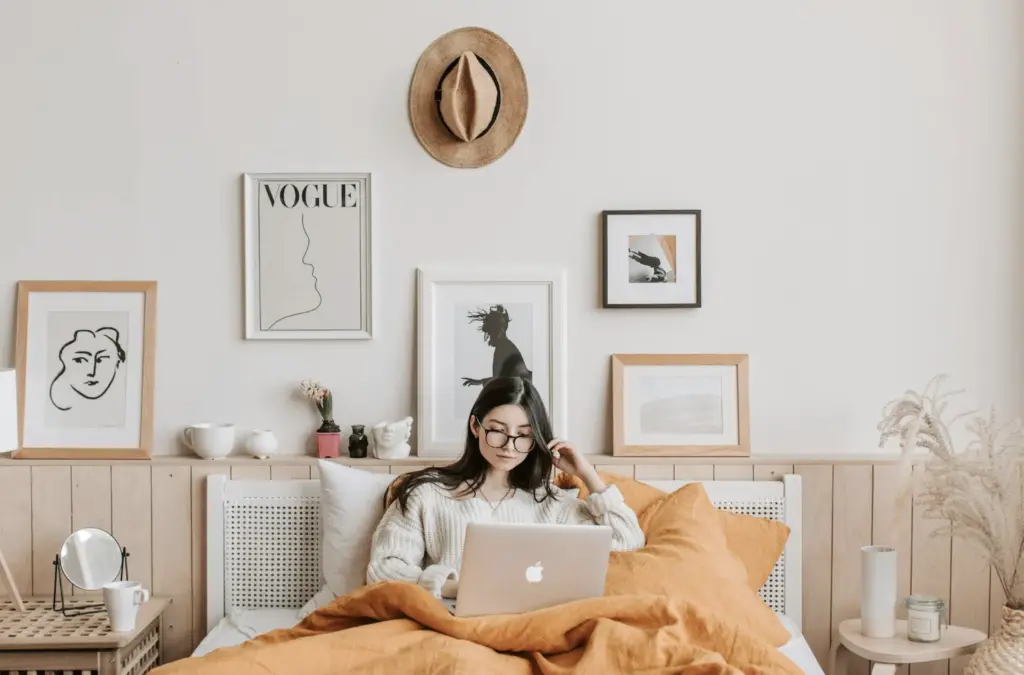
A bedroom should reflect your personality and style. Avoid making it feel like a hotel room by neglecting personal touches. Incorporate meaningful artwork, photographs, or cherished keepsakes to create a space that feels uniquely yours.
12. Neglecting the Importance of Scent

A pleasant aroma can greatly enhance your bedroom experience. Avoid relying solely on air fresheners that may contain harsh chemicals. Instead, consider natural options like essential oil diffusers, scented candles, or fresh flowers to create a soothing environment.
13. Overlooking the Importance of Layout

Finally, the layout of your bedroom is crucial for functionality and flow. Avoid placing furniture in a way that obstructs pathways or makes it difficult to access essential items. Aim for a layout that encourages easy movement and enhances the overall comfort of the space.
By avoiding these common bedroom design mistakes, you can create a space that is not only visually appealing but also functional and inviting. Take the time to assess your bedroom and make necessary adjustments, transforming it into the serene sanctuary you deserve.
